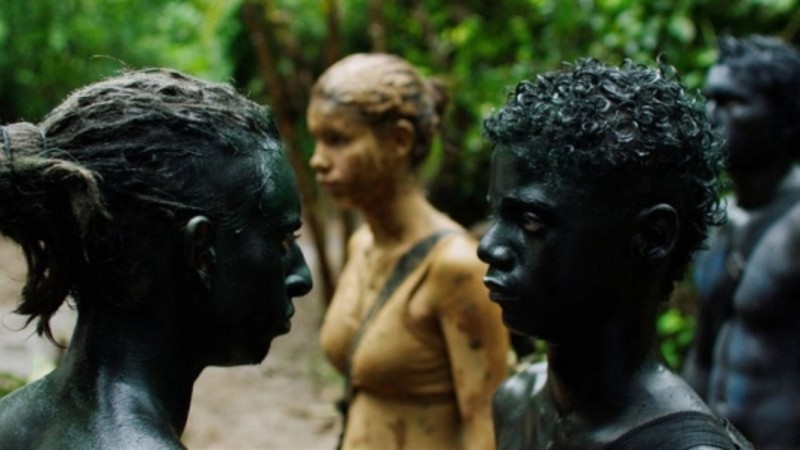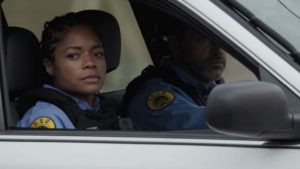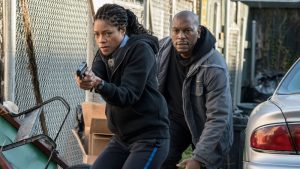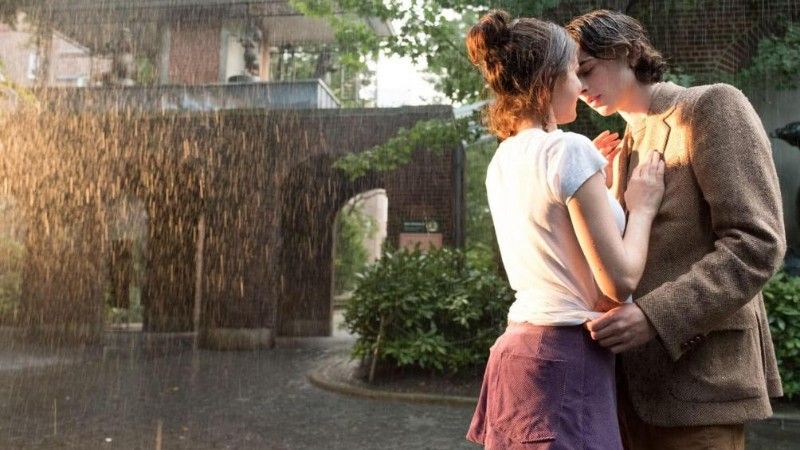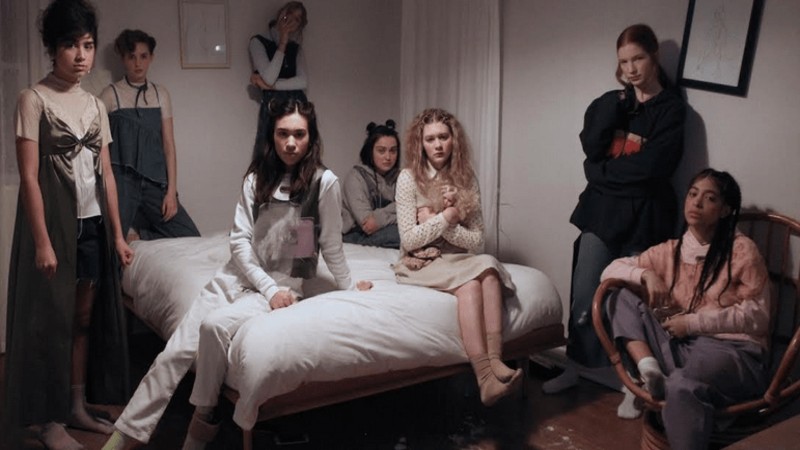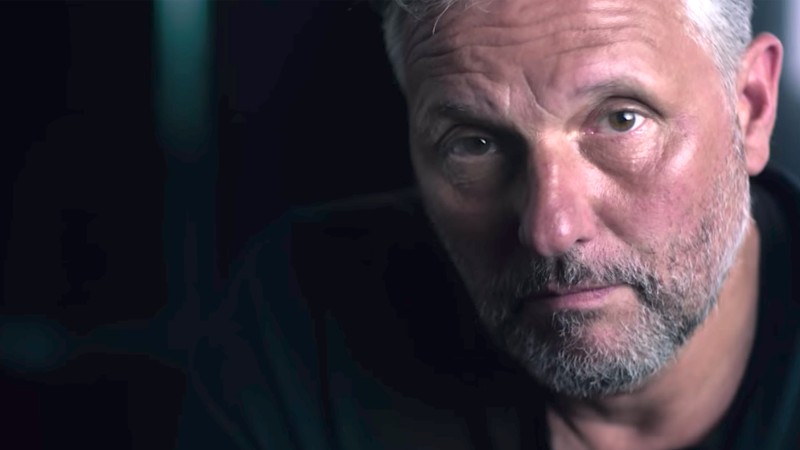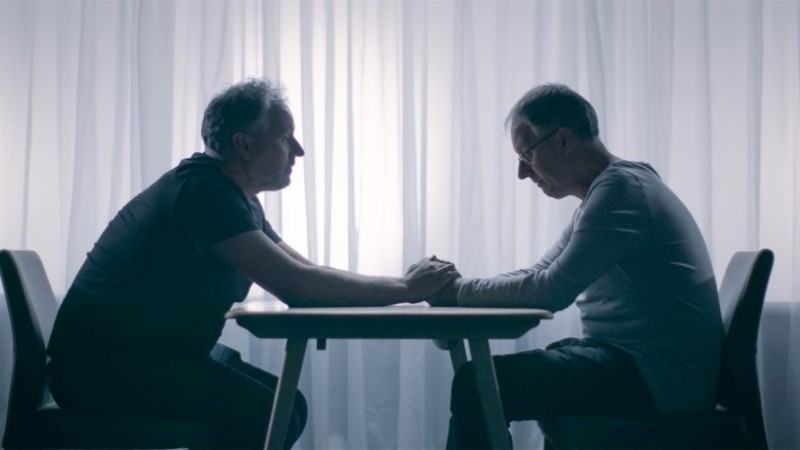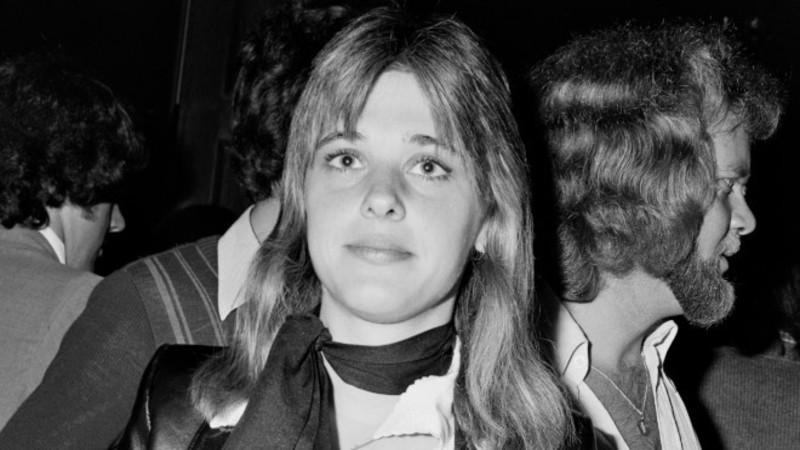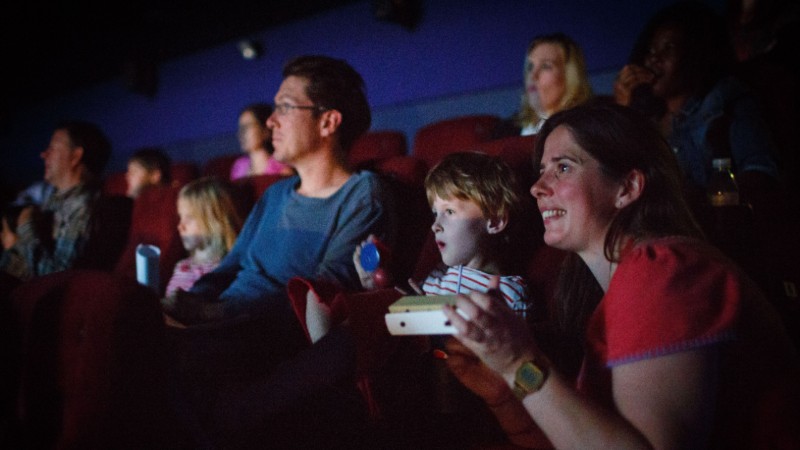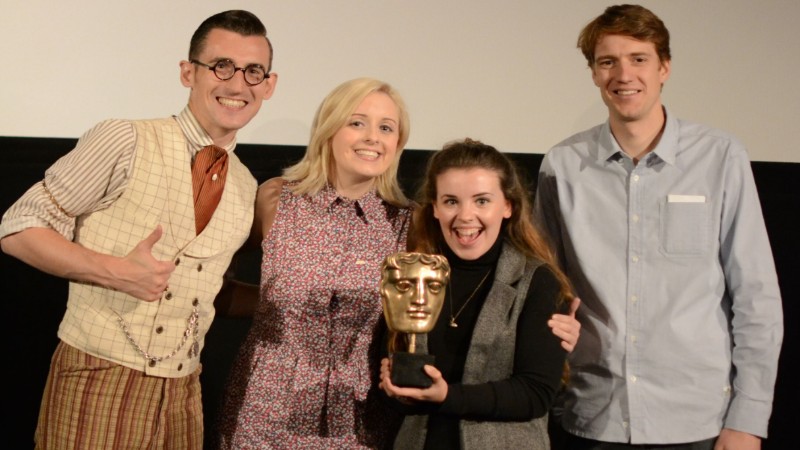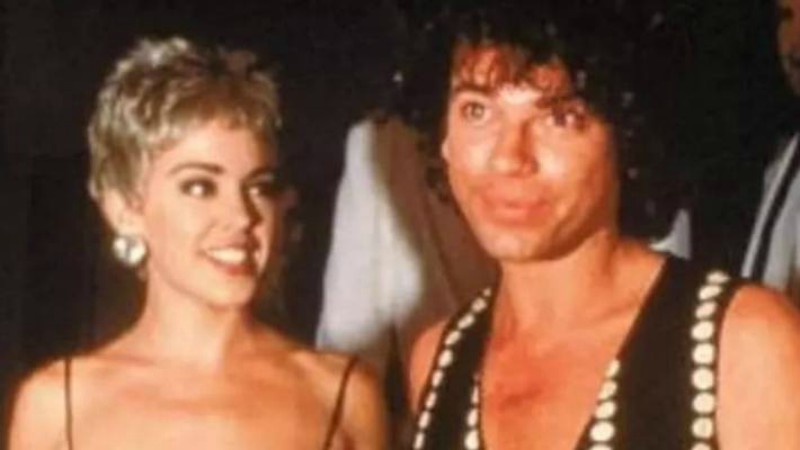Thankfully, this isn’t a Northern Irish film about a girl growing up in The Troubles. Instead,this is a Northern Irish film about a girl growing up through her very own and personal troubles. Allegra (Lola Petticrew), a dewy-eyed teenager, walks through the streets that fought for identity in a way not dissimilar to how she fights for her identity. As she struggles through school, Allegra puts up with taunts mocking her Italian name and her care free mothers’ insouciant lifestyle. Described by her mother as 15-going-on-50, Allegra feels the burden of adulthood. As she fights for her coming-of-age, her mother Pamela (Bronagh Gallagher) admits to her of an impending birth, given to her by a man she barely knows anything about.
Gallagher is brilliant, but Petticrew is the real star of the piece. She walks by the water, wading the puddles her mother will soon face in a maternity ward. The silence works on Petticrew, starry-eyed as she looks to the beauty her best friends’ boyfriend holds. This silent discretion becomes one of public indiscretion as the cruel effects of alcohol loosen her tight-lipped tongue. Faced with her own embarrassment to match her mother’s, Allegra screams at her parent, agreeing with her dead grandmother that Pamela is an embarrassment.
Like most mothers do, Pamela takes the laceration from daughter by reminding herself of the struggles adolescence holds. Crueller lacerations come from the two men who gifted/burdened her with pregnancies, one reluctant to open his chequebook, the other flatly refusing to do so. The father of her unborn child pushes by her on pathways, her anxiety and discomfort rewarded neither by pardon nor apology. The father of her teenage daughter is a little better. Busying himself in Belfast, he boasts about his considerable success, yet finds little reason to visit Allegra on her 16th birthday. What starts off as a sickly sweet Richard Curtis affair soon turns into a feisty, fiery feminist movie with some dirtylicious pearls of wisdom about fatherhood.
And yet the film never veers from the dysfunctional into the disturbing. Between the two women, there is great love felt, not least when Allegra asks her mother the joys and trials pregnancy provides. Beautiful.
A Bump Along the Way is in cinemas Friday, October 11th.










